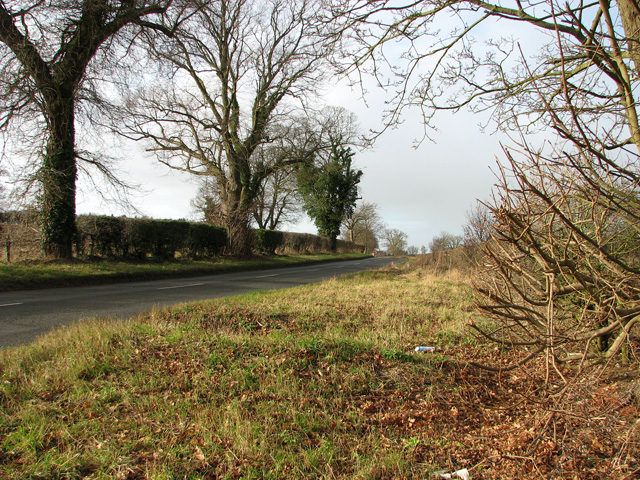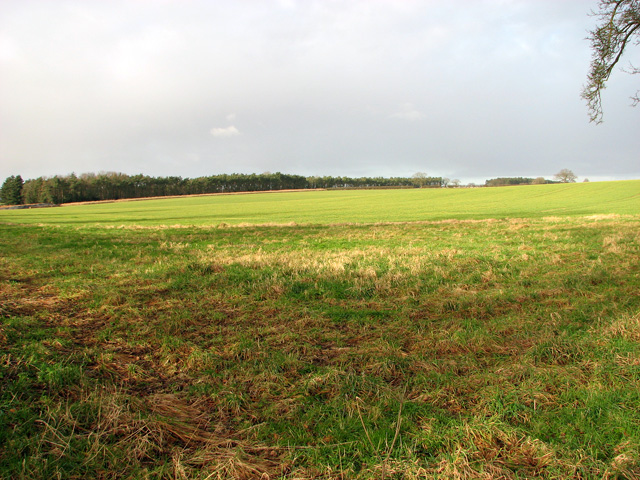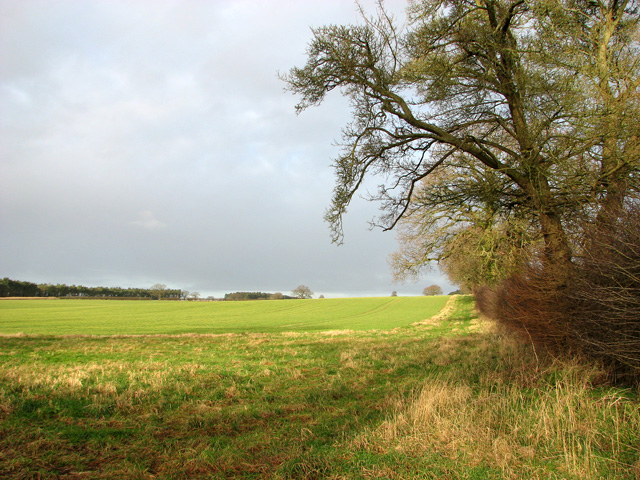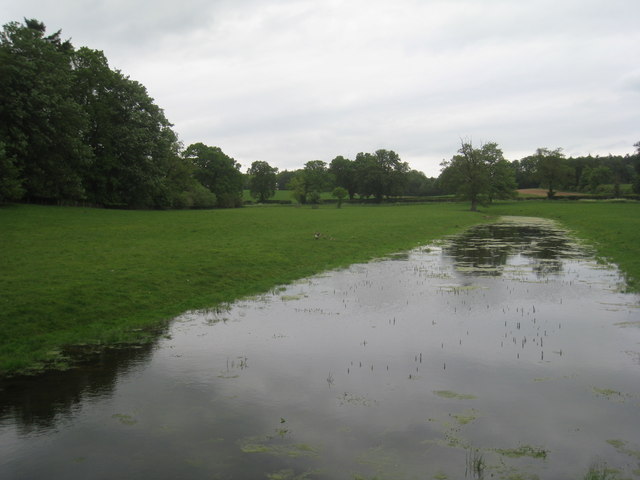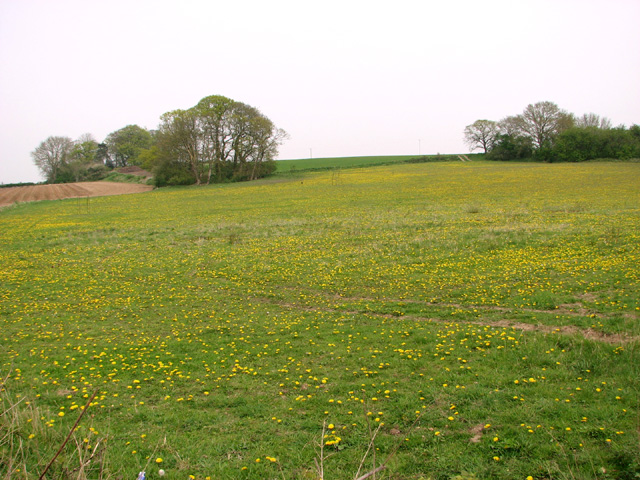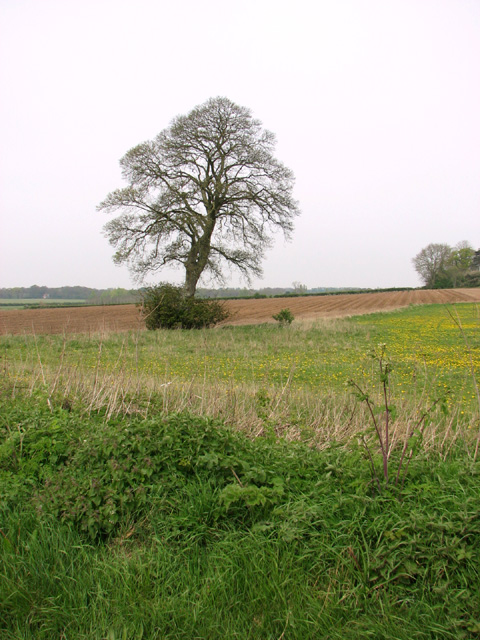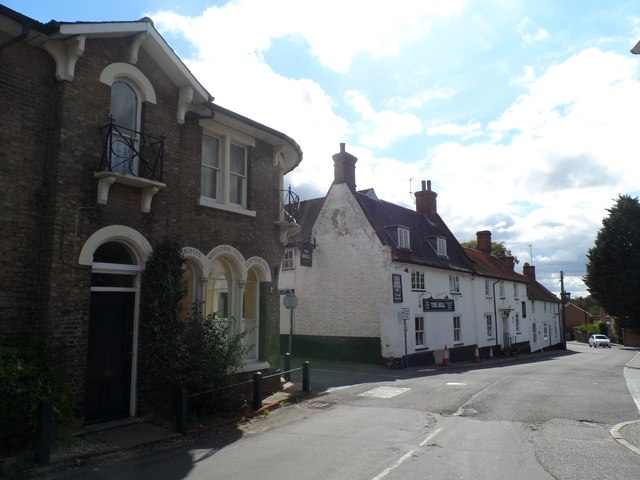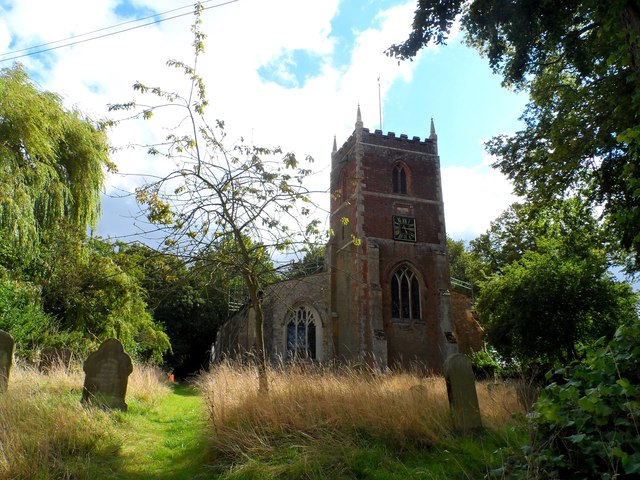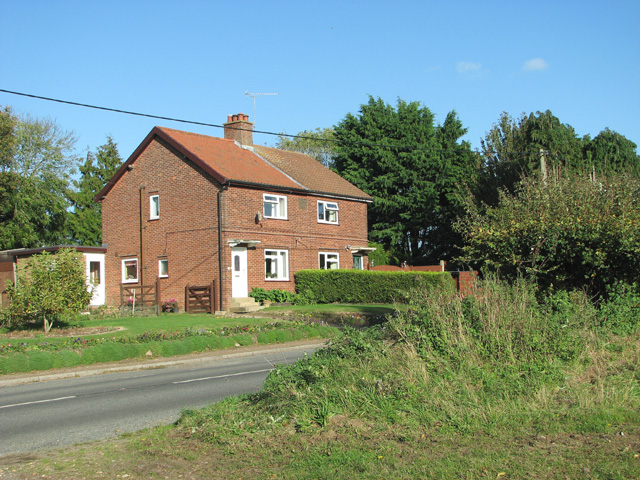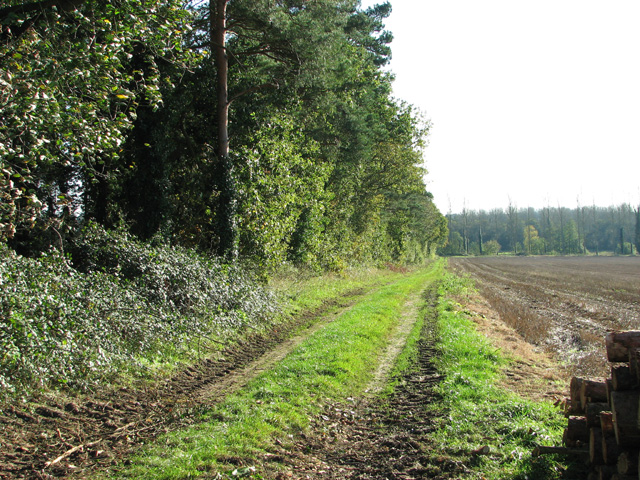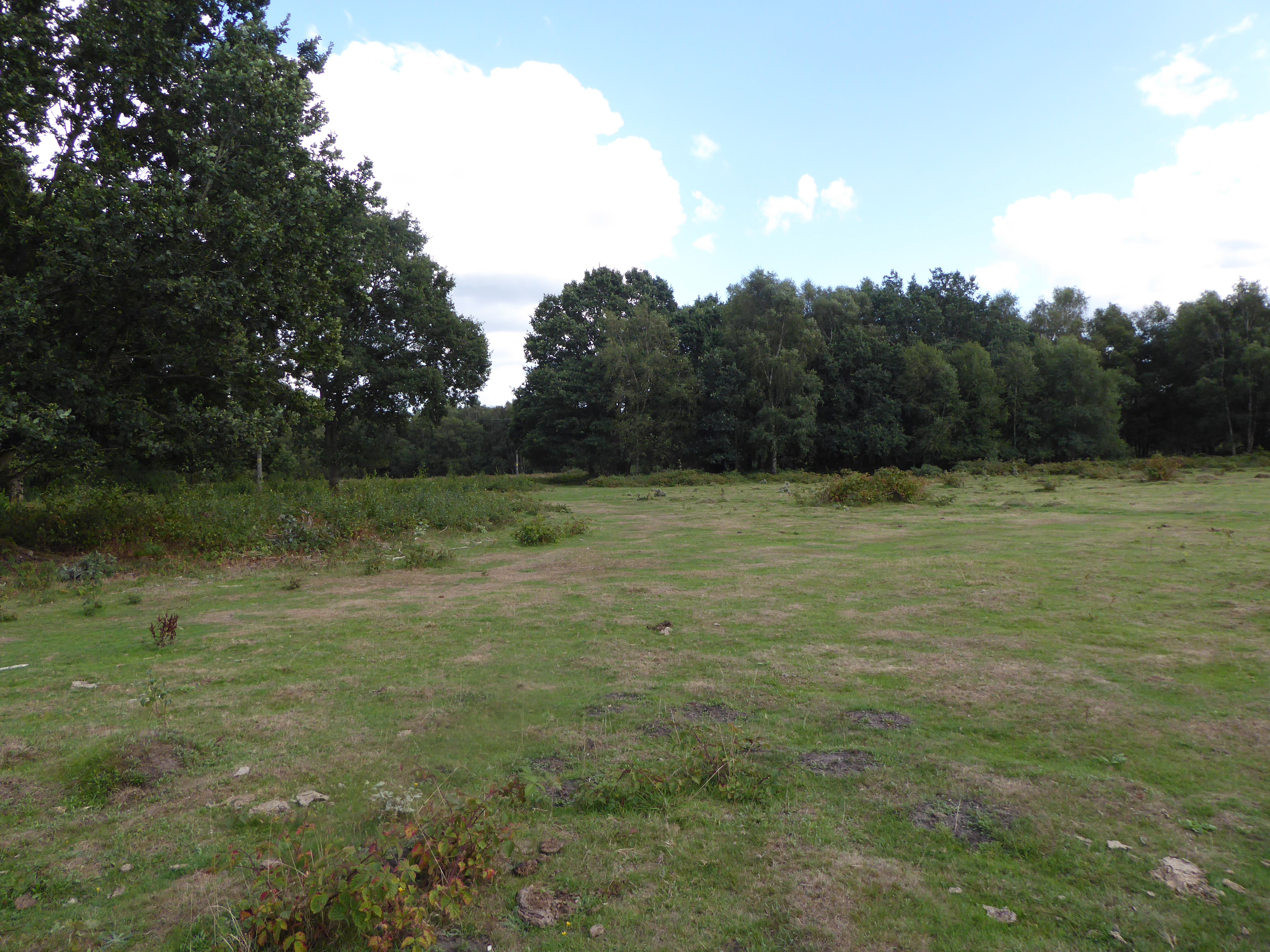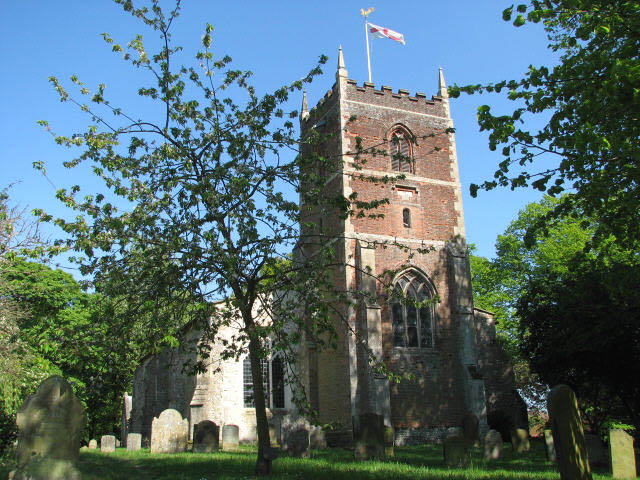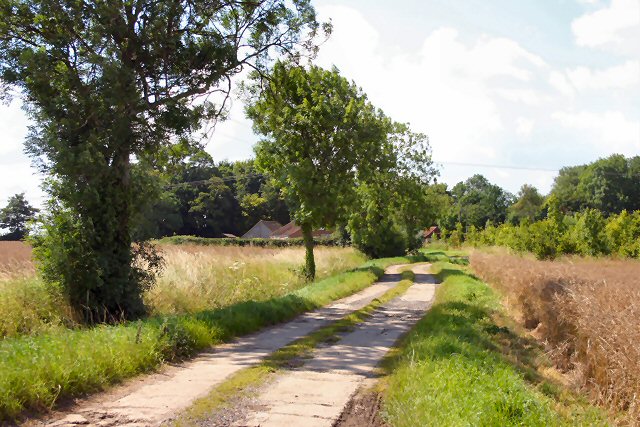Priory Belt
Wood, Forest in Norfolk Breckland
England
Priory Belt

Priory Belt, Norfolk, is a woodland area located in the eastern region of England. Situated within the county of Norfolk, this forested belt stretches across a vast expanse, covering an area of approximately 200 square kilometers.
Priory Belt is known for its lush greenery and diverse flora and fauna. The woodland is predominantly made up of native tree species such as oak, beech, and ash, creating a picturesque and tranquil environment. The forest floor is rich in vegetation, with a variety of wildflowers, ferns, and mosses thriving in the damp and shaded conditions.
This woodland area has a long and intriguing history. It is believed that the Priory Belt was once part of the hunting grounds of the medieval priory located nearby, hence the name. The forest has witnessed centuries of human activity, including logging and charcoal production.
Today, Priory Belt is a popular destination for nature enthusiasts and outdoor enthusiasts alike. The forest offers numerous walking trails and paths, allowing visitors to explore its beauty and immerse themselves in nature. The area is also home to a wide range of wildlife, including deer, foxes, badgers, and numerous species of birds.
In addition to its natural beauty, Priory Belt also plays a vital role in environmental conservation. Efforts are made to protect and preserve the woodland, ensuring that it remains a haven for wildlife and a cherished natural resource for future generations to enjoy.
Overall, Priory Belt, Norfolk, is a captivating woodland area that offers a glimpse into the region's natural heritage. Its scenic beauty, rich biodiversity, and historical significance make it a must-visit destination for those seeking to connect with nature and explore the wonders of Norfolk.
If you have any feedback on the listing, please let us know in the comments section below.
Priory Belt Images
Images are sourced within 2km of 52.721245/0.78134317 or Grid Reference TF8717. Thanks to Geograph Open Source API. All images are credited.

Priory Belt is located at Grid Ref: TF8717 (Lat: 52.721245, Lng: 0.78134317)
Administrative County: Norfolk
District: Breckland
Police Authority: Norfolk
What 3 Words
///puzzle.cutaway.reverses. Near Necton, Norfolk
Related Wikis
Litcham Common
Litcham Common is a 24.9-hectare (62-acre) Local Nature Reserve in Norfolk. It is owned by Neil Foster, Lexham Estate, and managed by Norfolk County...
Litcham
Litcham is a village and civil parish in the English county of Norfolk. It is situated some 10 km (6.2 mi) north-east of the town of Swaffham and 40 km...
Litcham School
Litcham School is a mixed all-through school located in the village of Litcham in the English county of Norfolk. It has around 640 pupils aged 4–16 (Years...
Kempstone
Kempstone is a village situated in Breckland District of Norfolk and covers an area of 331 hectares (1.3 square miles) with an estimated population of...
Nearby Amenities
Located within 500m of 52.721245,0.78134317Have you been to Priory Belt?
Leave your review of Priory Belt below (or comments, questions and feedback).
